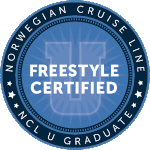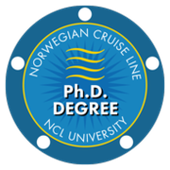2018 FALL FOLIAGE MYSTERY TRIP
STORROWTON VILLAGE, MA
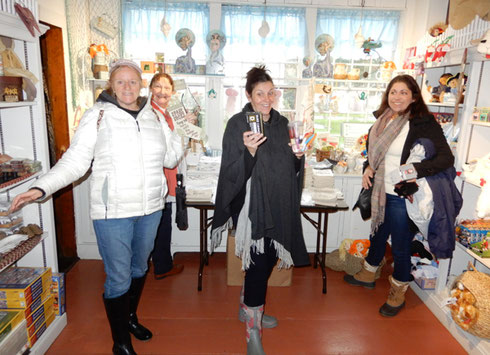

A Nor’easter was predicted for the day of our October mystery trip – heavy rainfall, high winds, sodden streets, and costal flooding. Thank goodness, our trip was planned for an inland destination. We awoke to light rain, and, at least, were able to board our coaches in relative comfort. However, by the time we reached Storrowton Village in West Springfield, the rain was already heavy, and rain gear was necessary. Ninety-two of us tumbled out of our coaches and headed for the meeting house where an interpreter coached us on the properties available for touring today. There are nine historic buildings arranged around a village green, all of which were staffed with costumed docents.

Ready, set, go…umbrellas and all. We took turns visiting the houses and businesses. Some headed for the village mansion – the Potter house, where folks learned about life by the fireside on a cold day. There was a settle by the fire, and lots of cooking implements ready for the homemakers of yesteryear. This house is more formal with a fancy parlor equipped with fine wallpaper, carpets, and a pianoforte against the elegant woodwork. There is a dining room set for dinner with Old Paris porcelain, pressed glass, and flatware. And the cupboards are filled with dishes, glassware, and tea services to spare.

A nice group joined the school mistress in the one-room schoolhouse. We learned that nothing was provided for students. They had to bring their own books, paper, quill pens, and lunch. There was a privy adjacent to the school, which parents of the students cleaned out once each year. Most of a students' education was learned by rote, repetition, and consisted mostly of reading, writing, and ‘rithmetic – along with a bit of history and geography. Students got time off to help with the planting, haying, and the harvest.

Other on our tour visited the law office, a remarkable survival almost completely intact – just as if the lawyer stepped out to meet a client, and never returned. I joined a group in the farmhouse, the warmest place in town. The kitchen was most interesting with its dry sink which drained out onto the lawn at the side of the house. The kitchen garden was right out front with a white picket fence to keep the animals out. All sorts of projects were in evidence. Drying vegetables and fruit, homemade vinegars aging on the windowsill, herbs hanging from above. This is the only hearth in the village that is used for cooking.
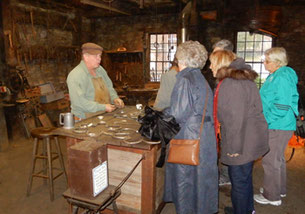
I particularly liked the blacksmith shop, a wonderful field stone building with a huge bellows above the fire to make it burn hot and bright. Two blacksmiths and an apprentice worked on horseshoes, hooks, and a wonderful bottle opener. It was particularly nice to be in this business when the rains outside where whipped by the now rising winds. The fire was warm, and the company was cheery. One of the blacksmiths showed us the device used for shoeing oxen. These large animals needed to be supported while being shod, as they couldn’t stand on three legs without falling. A sort of stall was devised to control them while the task was being accomplished.
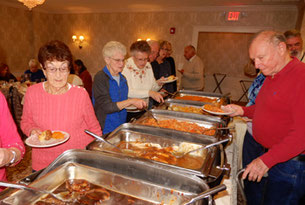
Lunch was served in a bright and cheery dining room on the second floor of the tavern. We were seated at round tables for eight, and served an old-fashioned New England buffet of turkey, twice-baked potatoes, winter squash, old-fashioned pot roast, and penne pasta with tomato sauce. The staff was great; the food smelled wonderful; and each table was asked to approach the buffet as the previous table had served itself. Nicely organized place for a lunch party. The pièce de resistance was the ice cream filled profiteroles with chocolate sauce. This dessert paired beautifully with the tea and coffee. After lunch, we all went to the meeting house for a presentation about our special activities for the next two hours.

Old-Fashioned American Lunch
Mixed Green Salad with Vinaigrette
~
Vegetables & Dip
~
Yankee Pot Roast – Twice Baked Potato
~
Sliced Turkey w/Gravy – Butternut Squash
~
Penne Carbonara
~
Homemade Rolls & Butter
~
Fresh Fruit Platter, Ice Cream Puff
~
Coffee & Tea – Cash Bar
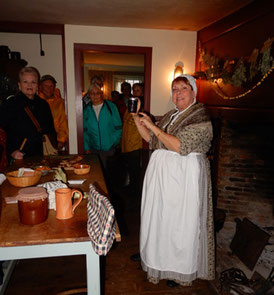
Activities were Candle-dipping, Food Preservation workshop, Blacksmithing, and learning to write with a Quill Pen. Each presentation would last approximately 20 minutes and would take place at various buildings we had already visited in the morning. My first choice was the seminar on Food Preservation. Our costumed interpreter spoke about drying slices of apple or butternut squash; she spoke of the danger of mold, and how they had to be turned and checked daily. She talked of drying herbs, making vinegar, baking with acorn flour, and using what was available seasonally. We learned how to preserve cherries in syrup, and we talked of tweaking recipes to make them taste better. Wonderful presentation.

The Candle-dipping was more hands-on and allowed participants to bring home a candle that they had dipped themselves. Same with the quill pen writing project. Each participant sat at a school desk, with an inkwell in front of them, and a goose quill for writing. Did you know that cursive writing was taught first, and that printing came later in a child’s education? And, those who worked with the blacksmith made twisted iron hooks to take home. Very proud passengers, indeed.
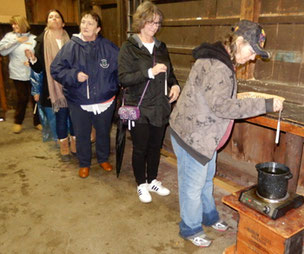
Before we knew it, we’d come to an end of our visit. We’d braved the weather; we got a glimpse of life in New England’s past; we’d shopped in the village’s handsome gift shop; and we enjoyed a traditional Yankee lunch. A good time was had by all. And, several folks told me that even though they’d been to the Big E dozens of times, they had never experienced this little village tucked into the area of the States Buildings. And, lunch at Storrowton Tavern was a first for us! Glad you liked it!
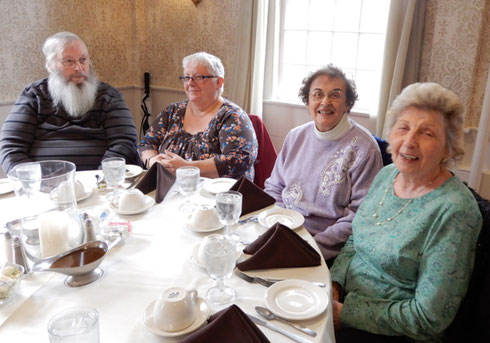
 Adventure tours of Warren - Share the Adventure with us!
Adventure tours of Warren - Share the Adventure with us!
